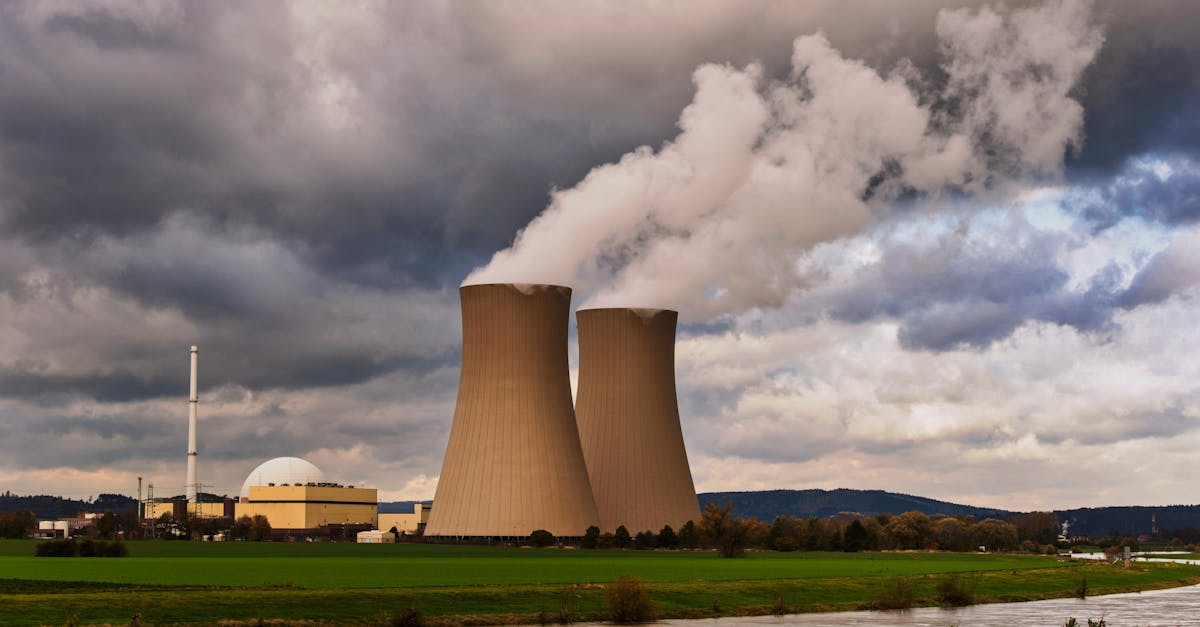
10 Tips for Maximising Energy Efficiency in Your Lighting
Regular Maintenance of Lighting Fixtures
Regular maintenance of lighting fixtures is essential to ensure optimal performance and longevity. Regularly checking for any signs of wear or damage can prevent more significant issues from arising. This includes inspecting bulbs, sockets, and wiring. Keeping fixtures in good condition not only enhances safety but also maximises energy efficiency.
Scheduling routine clean-ups can significantly improve light output. Dust and grime can accumulate on surfaces, diminishing brightness and forcing bulbs to work harder. A simple clean with a soft cloth can rejuvenate fixtures, allowing them to function at their best. Additionally, replacing burnt-out bulbs promptly not only maintains illumination but also prevents energy waste, as outdated bulbs may consume more power.
Keeping Your Lights Clean and Functional
Dust and grime accumulate on lighting fixtures over time, reducing their effectiveness and efficiency. Regular cleaning can enhance both the quality of light produced and the lifespan of the fixtures. A simple wipe down with a soft cloth and mild cleaning solution can do wonders. Ensure that lights are turned off and cooled down before starting the process to avoid any risk of burns.
Proper maintenance is essential to ensure that fixtures remain functional. Check for any flickering or dimming, which may indicate the need for bulb replacements or other repairs. Addressing any issues promptly can prevent further deterioration and preserve energy efficiency. Incorporating regular inspections into your routine can help maintain optimal performance.
Implementing Motion Sensors
Incorporating motion sensors into lighting systems can significantly enhance energy efficiency. These devices detect movement and automatically turn lights on or off, ensuring that illumination is only provided when necessary. This not only reduces energy consumption but also extends the lifespan of bulbs, as they are not frequently switched on and off.
Installing motion sensors in key areas such as hallways, restrooms, and garages can yield substantial savings. By tailoring the sensitivity and timing settings, users can optimise performance according to specific needs. This approach not only contributes to overall energy conservation but also promotes a more convenient and secure environment.
Automating Lighting for Unused Spaces
A significant way to enhance energy efficiency is by incorporating smart lighting solutions that automatically adjust based on occupancy. Sensors detect whether a room is being used, enabling lights to switch on or off accordingly. This technology not only conserves energy but also relieves occupants from the responsibility of managing lighting manually, particularly in areas that may be frequented intermittently, such as storerooms or corridors.
Additionally, integrating timers and programmable systems can ensure lights operate only during specified hours or when natural light levels are insufficient. These automated systems help minimise wasteful energy consumption in spaces that experience varying levels of human activity. Implementing such measures leads to well-lit environments when needed and maximised energy savings when they are not.
Selecting the Right Fixtures
The choice of lighting fixtures significantly impacts energy consumption. LED lights have become the preferred option due to their longevity and reduced energy requirements. Selecting fixtures that are designed for energy efficiency can result in substantial savings over time. Additionally, dimmable fixtures provide the flexibility to adjust the brightness according to specific needs, further enhancing energy conservation.
The design of the fixture also plays a crucial role in efficiency. Fixtures that are strategically placed can optimise light distribution while minimising the number of units required. Consider options that provide targeted lighting for tasks, reducing the overall power consumption. Furthermore, influences such as colour temperature and lumens per watt should be considered, as these factors help to achieve the desired ambiance while using less energy.
Maximising Efficiency with Suitable Designs
Choosing the right lighting fixtures can significantly enhance energy efficiency. Opt for designs that utilise LED technology, which consumes less electricity while delivering superior illumination. Consider the layout of your space when selecting fixtures; strategically placed lights can ensure areas are well-lit without unnecessary energy expenditure.
Incorporating dimmable features into lighting designs allows for greater control over brightness levels, reducing energy consumption further. Selecting fixtures with reflective surfaces can optimise light output and require fewer light sources. Understanding the specific needs of each area, such as task lighting versus ambient lighting, ensures a balance between functionality and efficiency in your lighting strategy.
FAQS
Why is regular maintenance important for lighting fixtures?
Regular maintenance ensures that lighting fixtures operate efficiently, prolongs their lifespan, and helps to maintain optimal brightness, reducing energy consumption.
How can I keep my lights clean and functional?
To keep your lights clean and functional, regularly dust and wipe them down with a soft cloth to remove dirt and grime, and check for any burnt-out bulbs or faulty components.
What are motion sensors, and how do they help with energy efficiency?
Motion sensors are devices that automatically turn lights on or off when they detect movement. They help to conserve energy by ensuring that lights are only on when needed, especially in areas with infrequent foot traffic.
How can I automate lighting in unused spaces?
You can automate lighting in unused spaces by installing timers or smart lighting systems that can schedule lighting to turn off during certain hours or when the space is unoccupied.
What should I consider when selecting the right lighting fixtures for energy efficiency?
When selecting lighting fixtures, consider factors like energy ratings, bulb type (LEDs are generally more efficient), design suited to the space, and the fixture’s compatibility with smart controls or sensors.
Related Links
Review of the Top Energy-Efficient Light FixturesWhy You Should Upgrade to Energy-Efficient Lighting
Roundup of Energy-Efficient Lighting Innovations
What to Consider When Designing a Sustainable Lighting Plan
Historical Overview of Lighting Technologies
Why Energy-Efficient Lighting is Essential for Sustainability
What to Know About Energy-Efficient Lighting
How to Choose the Best LED Bulbs for Your Home